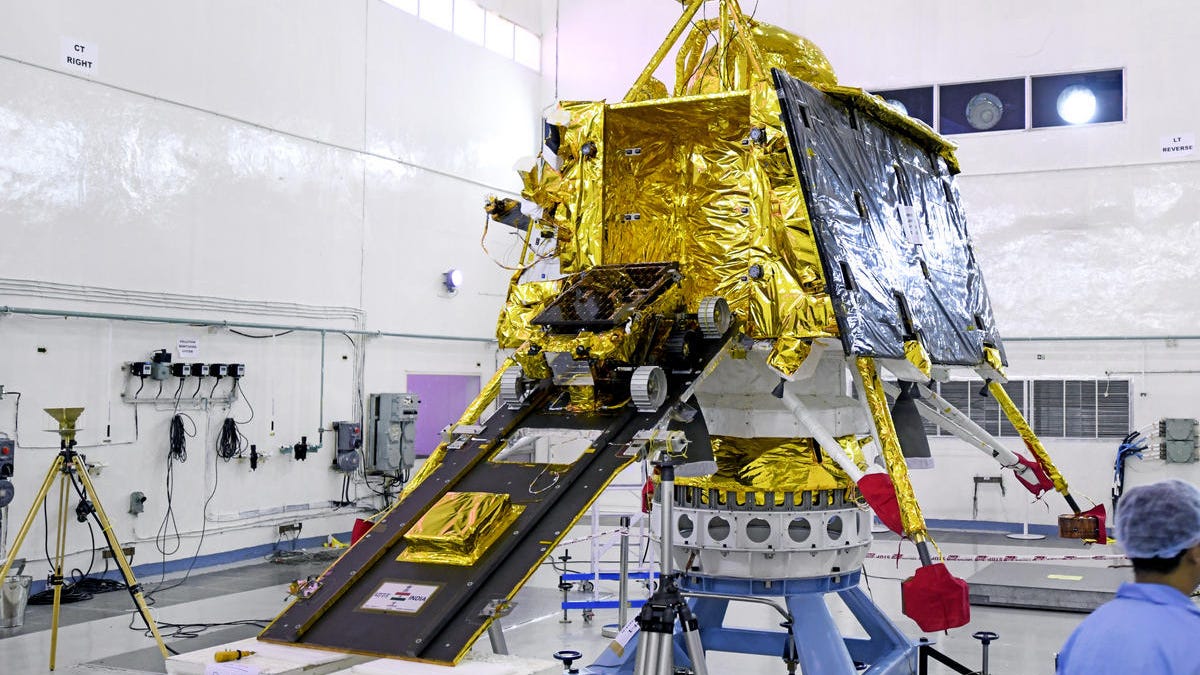NASA discovers shattered remains of India's doomed moon lander
We now know the final resting place of the Chandrayaan-2 Vikram lander that crashed into the moon in September.
A major moon mystery has now been solved. NASA announced Monday that it located the crash site of the Vikram moon lander, part of India's ambitious Chandrayaan-2 mission.
In September, India attempted to become only the fourth country to soft-land on the moon, but the Indian Space Research Organization lost touch with Vikram as it neared the lunar surface. ISRO had held out hope that the lander might have touched down intact, but in late November acknowledged the crash.
NASA's LRO took this mosaic image of the Vikram lander crash site on the moon. The green dots indicate debris and the blue dots show soil disturbance.
NASA's Lunar Reconnaissance Orbiter had been on the hunt for the lander, but initially failed to spot it in the shadowy surface images captured during flybys.
The LRO team was finally able to locate the lander's debris field with the help of some sharp eyes. A fresh flyby on Nov. 11 gave a better look at the crash site.
An annotated NASA image shows the main impact site. The green dots indicate confirmed or likely spacecraft debris and blue dots show where the soil was disturbed by the impact.
Lighting conditions had made it difficult to spot the subtle changes on the moon's surface that showed where the lander broke apart on impact.
NASA released another processed image that makes the site easier to spot.
The impact point shows up in this processed image as a group of dark rays with brighter material around it.
The lander and the rover it had on board may have met a sad fate, but the Chandrayaan-2 orbiter is still in operation and is busy studying the moon in detail from above.
Vikram is one more reminder that moon landings are hard to pull off. "Despite the loss, getting that close to the surface was an amazing achievement," NASA said.


